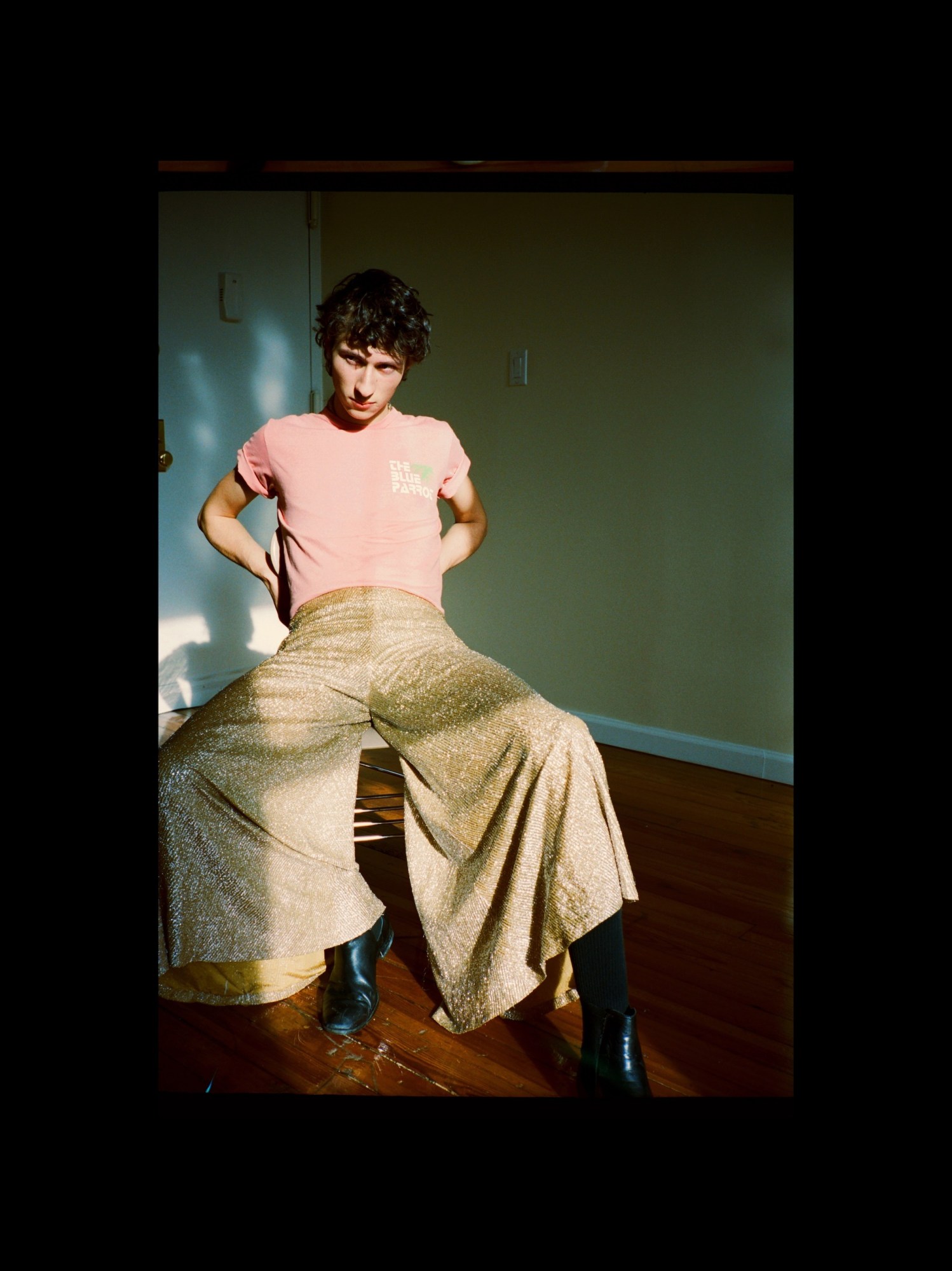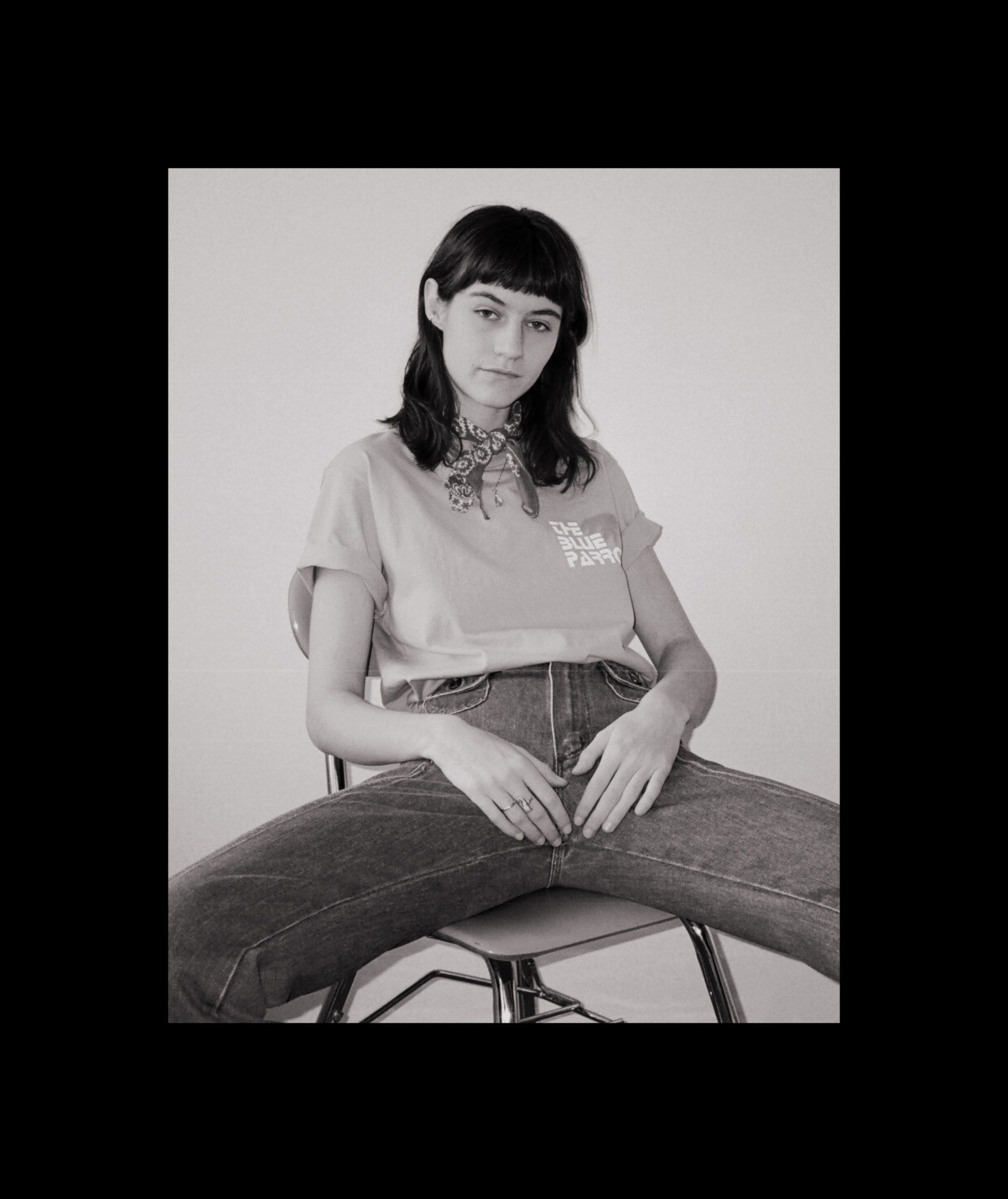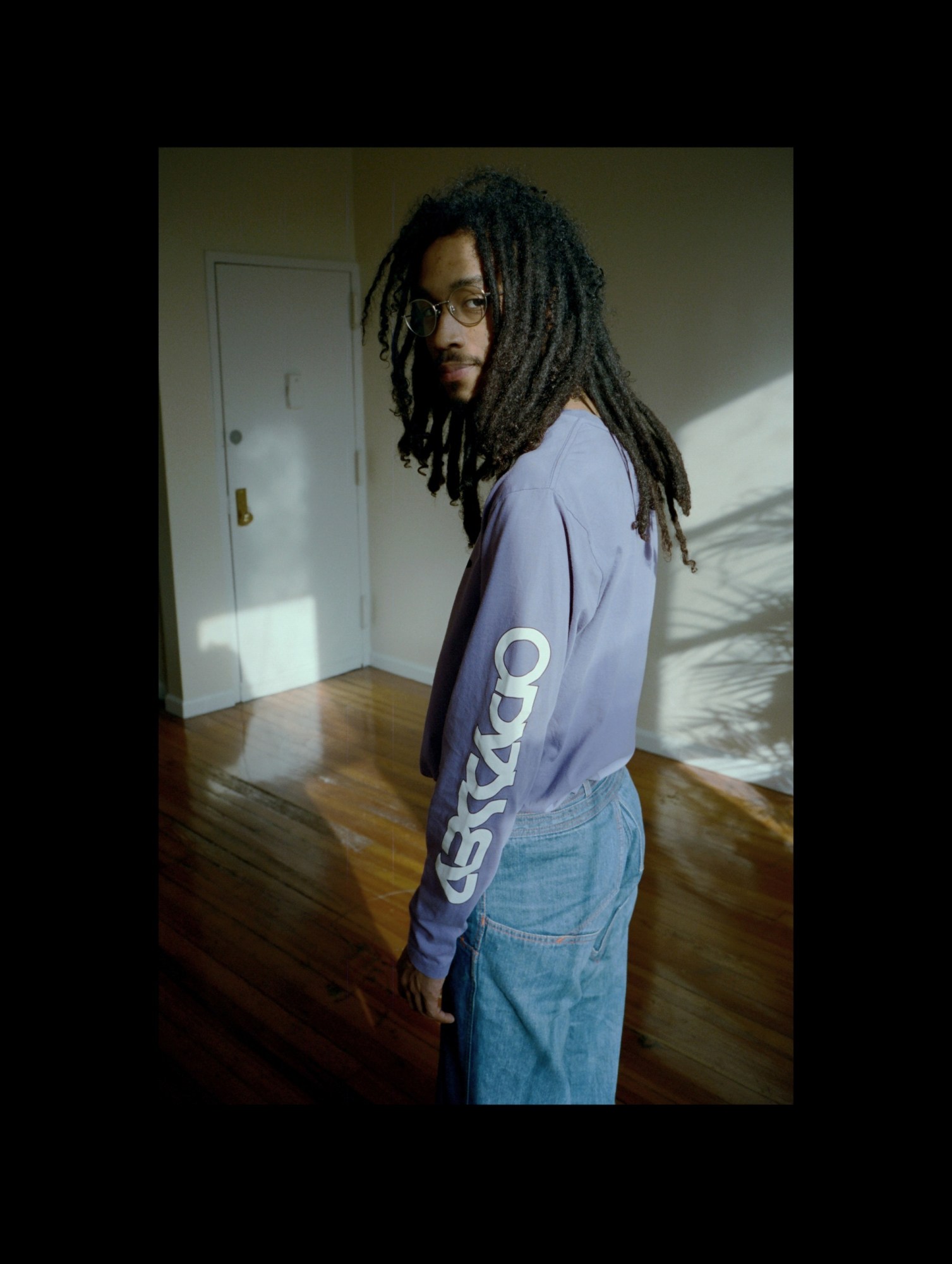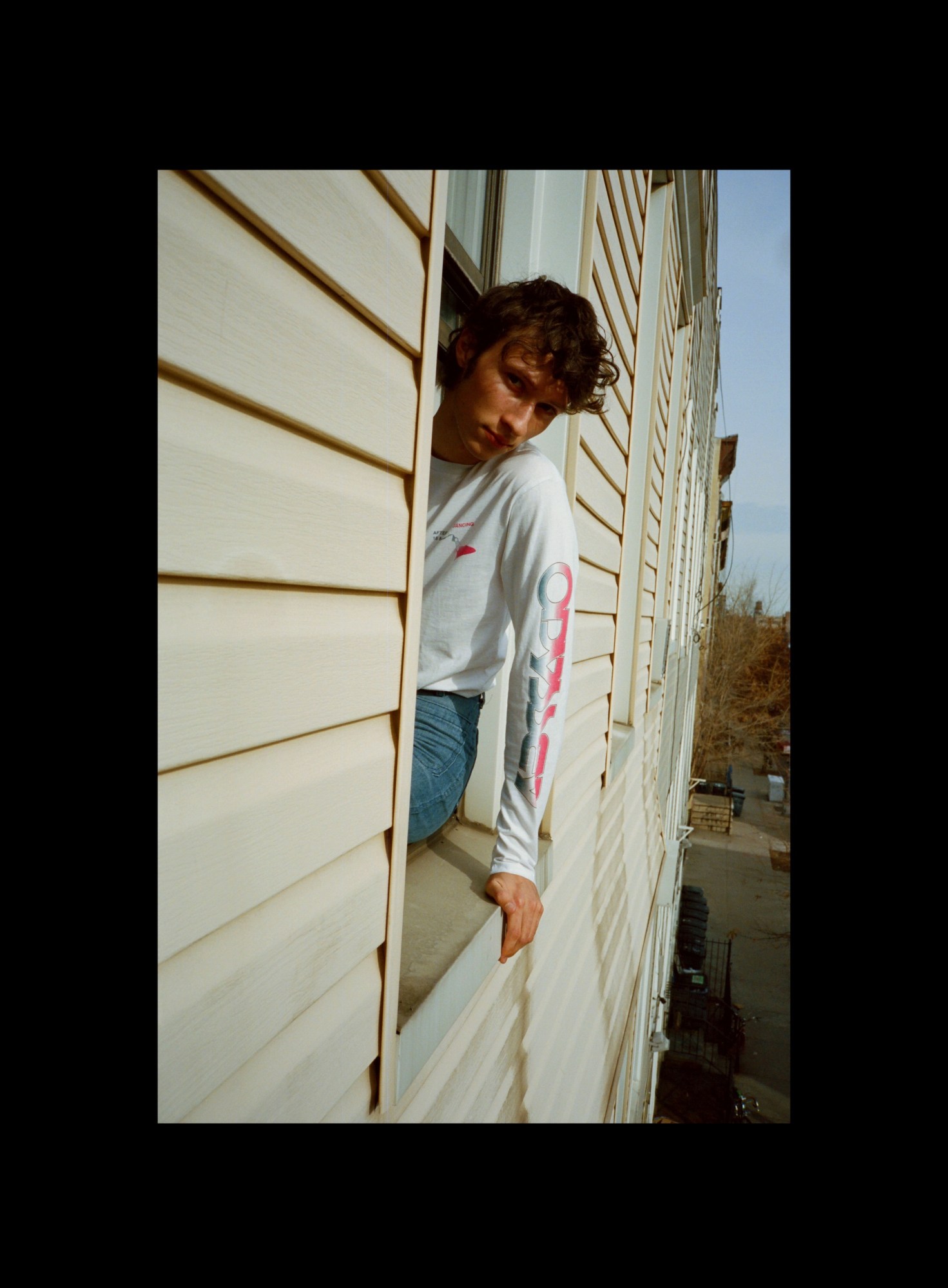If you’ve followed Bianca Chandôn over the three years since Alex Olson established the brand, you’ll have noticed some motifs: dancing, nightclub spaces and culture, and New York City. Some of its earliest campaign imagery repurposed vintage photographs of people lost in the groove, whether at Woodstock or on Soul Train. Clothing collections and skate decks have included references to Paris is Burning, pioneering DJ Larry Levan, The Paradise Garage, and iconic gay encave Fire Island Pines.

Last night, Olson announced that he’d be unveiling Bianca Chandôn’s newest collection today, a collaborative capsule with Union Los Angeles. Much like his previous work, the series of shirts takes inspiration from 70s-era inclusive nightlife spaces, but Olson has shifted his focus from historic clubs in New York City to those out west. The capsule commemorates three L.A. discos: The Odyssey, The Blue Parrot, and Circus Disco.

“Union is a store based out of LA, and we wanted to reflect that in some way. Bianca Chandôn is loosely based on dance culture and that was our jumping [off] point,” Olson tells i-D. “We dug around looking for clubs that existed in Los Angeles in the 1970s and 1980s.” These nightclubs were inclusive spaces not only for the city’s youth — who achieved access thanks to all-ages, booze-free policies — but for queer people and people of color. According to LAist, “The Odyssey wasn’t a gay club, but it did make a welcoming home for the city’s young gay men and women, many of whom would later say was the only place they felt at home as they struggled to cope with their sexual identity.”

Though The Odyssey — which stayed open till 5 am pumping punk and new wave — had something of a tense relationship with its neighbors, places like The Blue Parrot were much more covert. “Many queer bars, which could not really exist officially, or they’d get shut down, used code names,” according to the Stuart Timmons City of West Hollywood LGBTQ History Mobile Tour (which is fascinating and really worth a read). “Often the first word of the bar’s name was a color, and the second word was a bird. This was known as the ‘bird circuit’ — you could visit any urban area in the country and usually find a ‘Blue Parrot’ or a ‘Purple Parrot’ or a ‘Black Swan.'”

The Bianca Chandôn shirts play on each club’s iconography and logos. There’s the Circus Disco clown and a font mirroring The Odyssey’s neon sign. Each of the styles are captured in an intimate editorial, shot by California-based photographer and filmmaker Julian Klincewicz. A portion of the capsule’s sales will benefit The Trevor Project, a lauded national organization that provides crisis intervention and suicide prevention services to at-risk LGBTQ+ youth, most between the ages of 13 and 24. “We’re big on donating to organizations and trying to help with what we can. The Trevor Project sounded like an amazing organization that can really make the change and help the LGBTQ youth community,” Olson explained.
In just one day, Mike Pence — considered one of the most anti-LGBTQ+ politicians in recent history — will become the second most powerful man in the United States. This collection’s celebration of queer-inclusive spaces, and its support for vital, life-affirming services, could not come at a better moment. “With everything that’s happening in the world, I hope we can have a greater influence on other people and brands,” said Olson.

Though many of LA’s all-inclusive spaces closed in the 1980s (or mysteriously burned down, as The Odyssey did in 85), Circus Disco managed to see the new millennium, before being acquired by developers in late 2015. Last year, The L.A. Times published a touching commemoration of the unconventional danceteria: “For decades since the disco opened in 1974, clubgoers strolled through its outlandish entrance — the gaping mouth of a cartoonish clown — to dance and flirt and feel at home. It was an exuberant gay hot spot that didn’t shut anyone out. Not gay men. Not their female friends in high heels. And not Latinos like [Danny] Muñoz, who were often turned away at other gay clubs.” “It was a place to go and be around your tribe,” David Hiovich, Muñoz’s husband, told the paper. “And to feel that it’s OK.”
The Bianca Chandôn x Union Los Angeles capsule collection is now available via Union. A portion of its proceeds benefit The Trevor Project. Find more information about The Trevor Project’s history, services, and resources here. Find more images from Julian Klincewicz’s editorial here.

Credits
Text Emily Manning
Photography Julian Klincewicz
Styling Irie Calkins
Models Luke Blake, Jaden Dunbar, Irie Calkins
